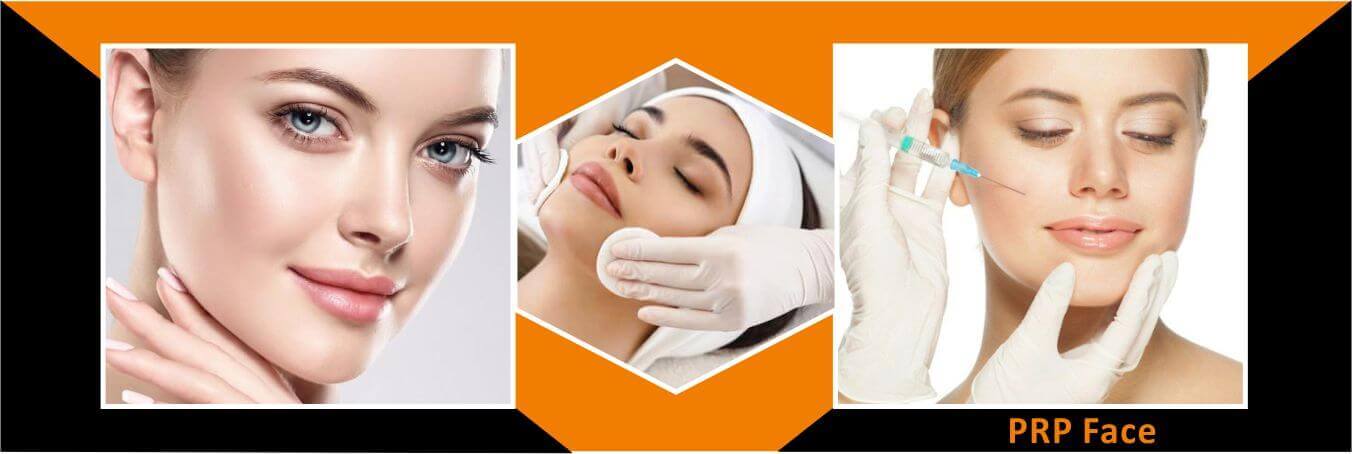


A PRP facial rejuvenation, also known as a vampire facial, is an advanced skincare treatment method that harnesses your body’s own natural power to heal itself. It is often called a vampire facial because it involves drawing your blood. Your blood is made up of four primary components: red blood cells, white blood cells, plasma and platelets.
When the platelets in the plasma are concentrated, magic happens. To achieve concentrated levels of platelets in plasma, all four components of your blood are separated by density. Then, the platelets are injected into the plasma, excluding the red and white blood cells.
PRP therapy is used to describe any application of PRP, or platelet-rich plasma, to benefit the body. In the context of anti-aging, platelet-rich plasma is either injected into your skin at specific depths according to your aesthetic needs or the “blood” is spread on top of your face during treatment. Eventually, the PRP is absorbed by your skin. This cuts the recovery time from microneedling down to nothing while speeding along the collagen production process.
PRP facial rejuvenation offers many benefits, including:
♦ Increased collagen production
♦ Reduced wrinkles and fine lines
♦ Tightening and toning the skin
♦ Reducing acne damage and scarring
♦ Lessening dark under-eye circles
♦ Minimizing crow’s feet
♦ Reducing sun damage
♦ Producing healthier skin
While the results are unpredictable, dermatologists are finding that people want to know whether PRP can give them younger-looking skin.
If you’re thinking about trying PRP, see a board-certified dermatologist. These doctors perform more cosmetic procedures than any other type of medical doctor. They have the in-depth training required to evaluate your skin and tell you what proven treatments can be most effective for you.
If you and your dermatologist decide that PRP is worth trying, it’s important to keep in mind that this is still an unproven treatment. You will be helping to answer the questions that dermatologists still have about this procedure.